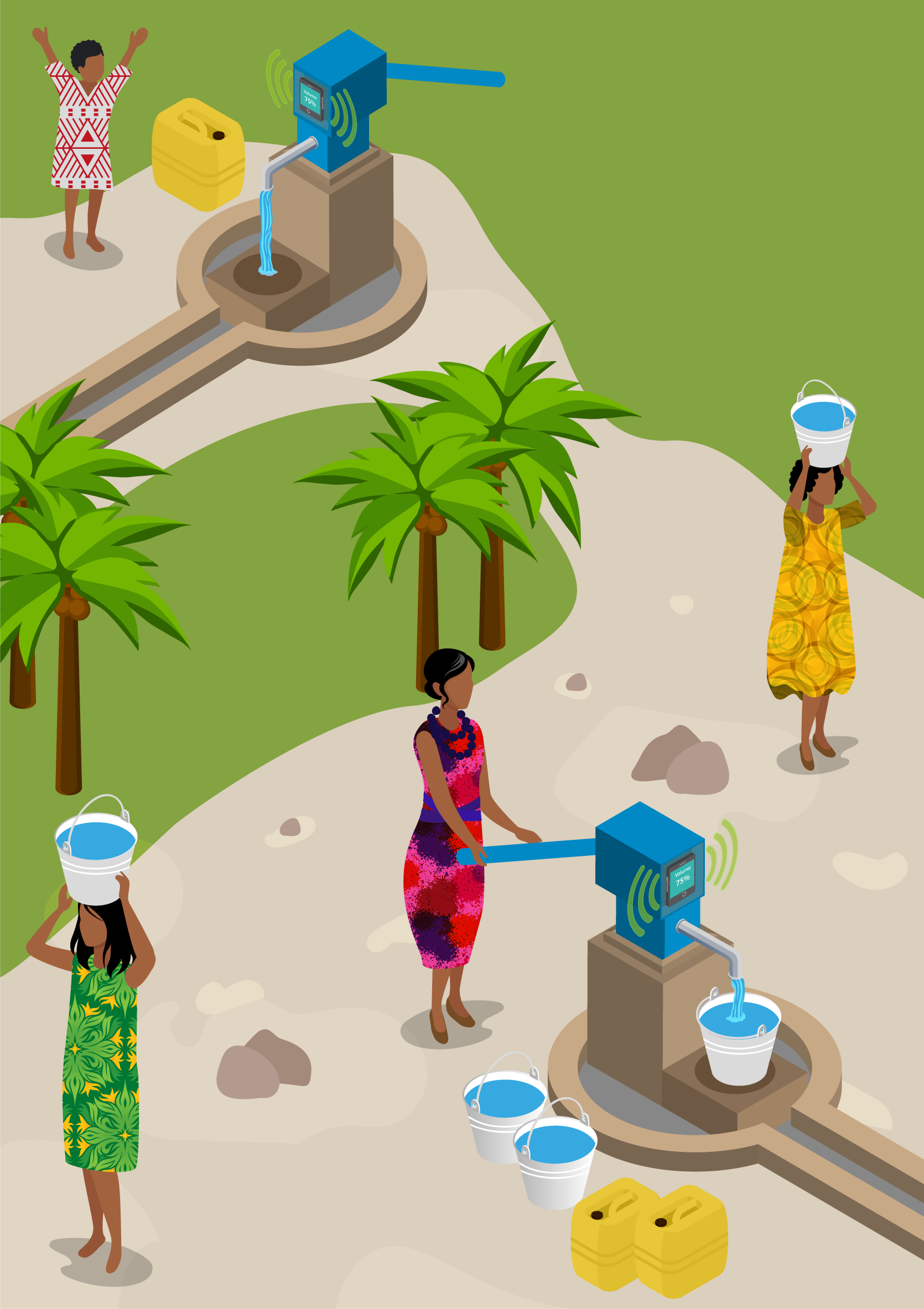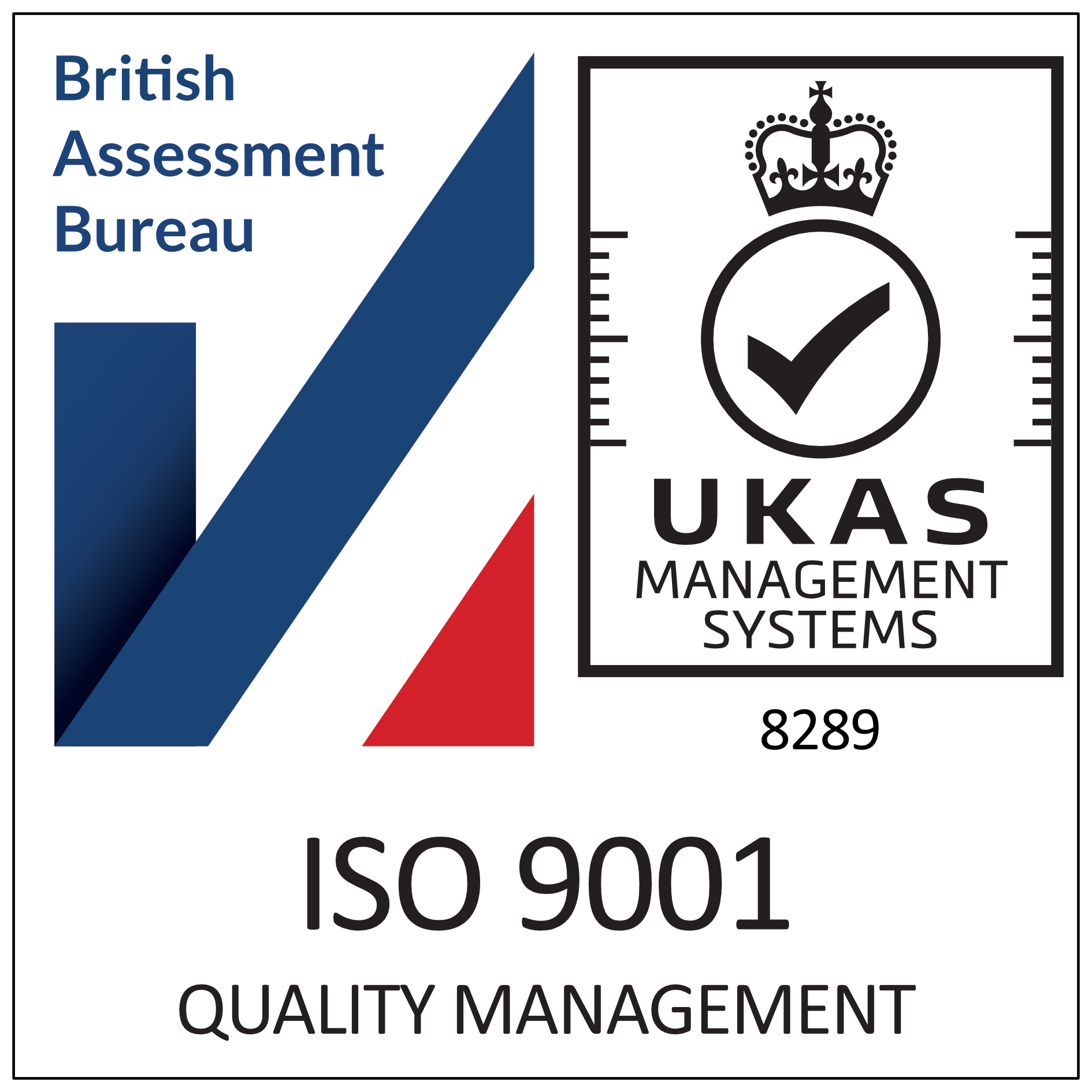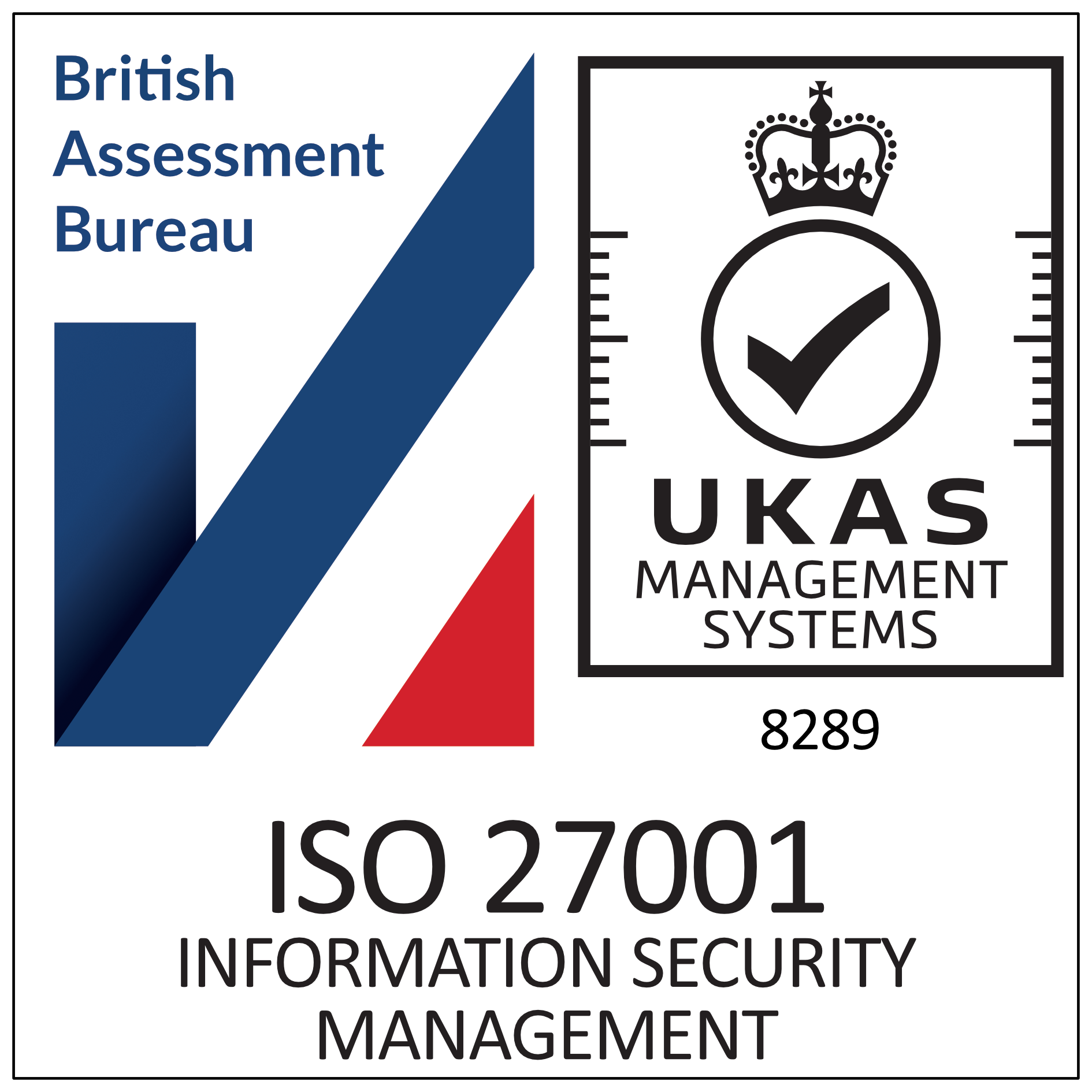Smart Handpumps
How can you tell which of a million pumps needs maintenance?
- Client: Global Initiative
-
Services:
UX & UI Design
Software Development
-
Funded by:
Oxford University Innovation CrowdFunding
Smart Handpumps started as a research project at the University of Oxford aiming to improve the sustainability of water supplies in rural Africa. Many handpumps in the region were frequently left broken simply because the mechanics were not aware that repairs were needed. Converting existing handpumps into 'Smart' handpumps, using innovations based on mobile phone technology, has allowed a team of mechanics to act quickly to repair them.
A trial of Smart Handpumps across two counties in Kenya reduced the average downtime of a handpump to less than three days, a huge improvement on the 30 days that pumps had previously been out of order. We’ve been able to help 70,000 people have access to reliable water sources, so they can get on with their daily routine rather than collecting water from alternative sources further away.
Have a look at some screenshots and designs in this portfolio.
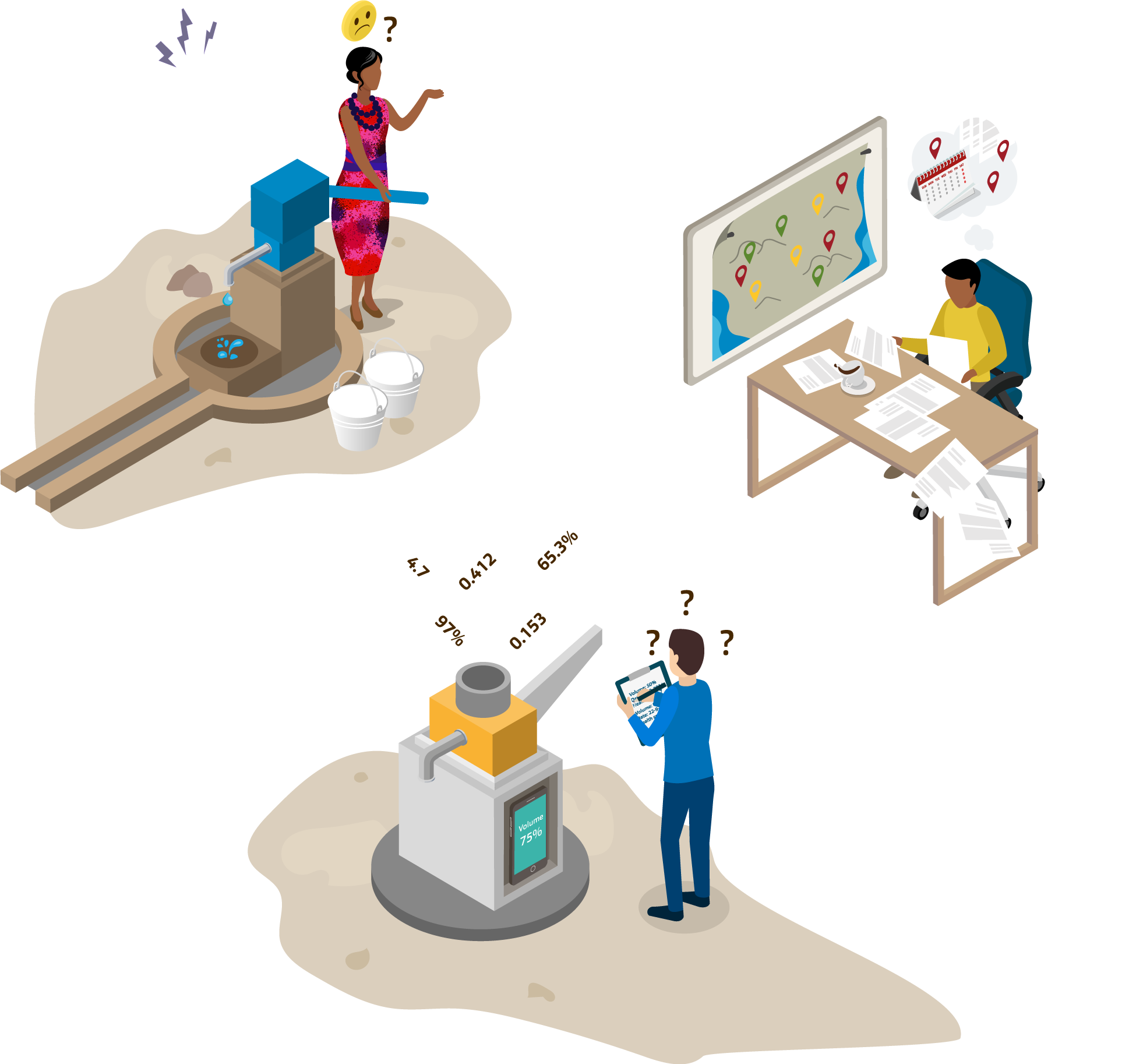
- No guarantee of access to safe water, with long waiting times for reports and intervention.
- Community management is often sparse, disorganised on non-existent. Pumps can go unrepaired for weeks or months
- For those pumps that could measure output, data could only be accessed at the pump itself.
Solutions
The University research team, led by project leader, Patrick Thomson, has made existing handpumps 'smart' by fitting them with a transmitter. This contains an accelerometer like the one found in most mobile phones to detect which way up the screen is. This monitors the movement of the pump handle and then transmits this data via SMS over the local mobile phone network.Global Initiative has designed and developed the software to direct, store, and analyse this data so that communities can once again have reliable access to drinking water.
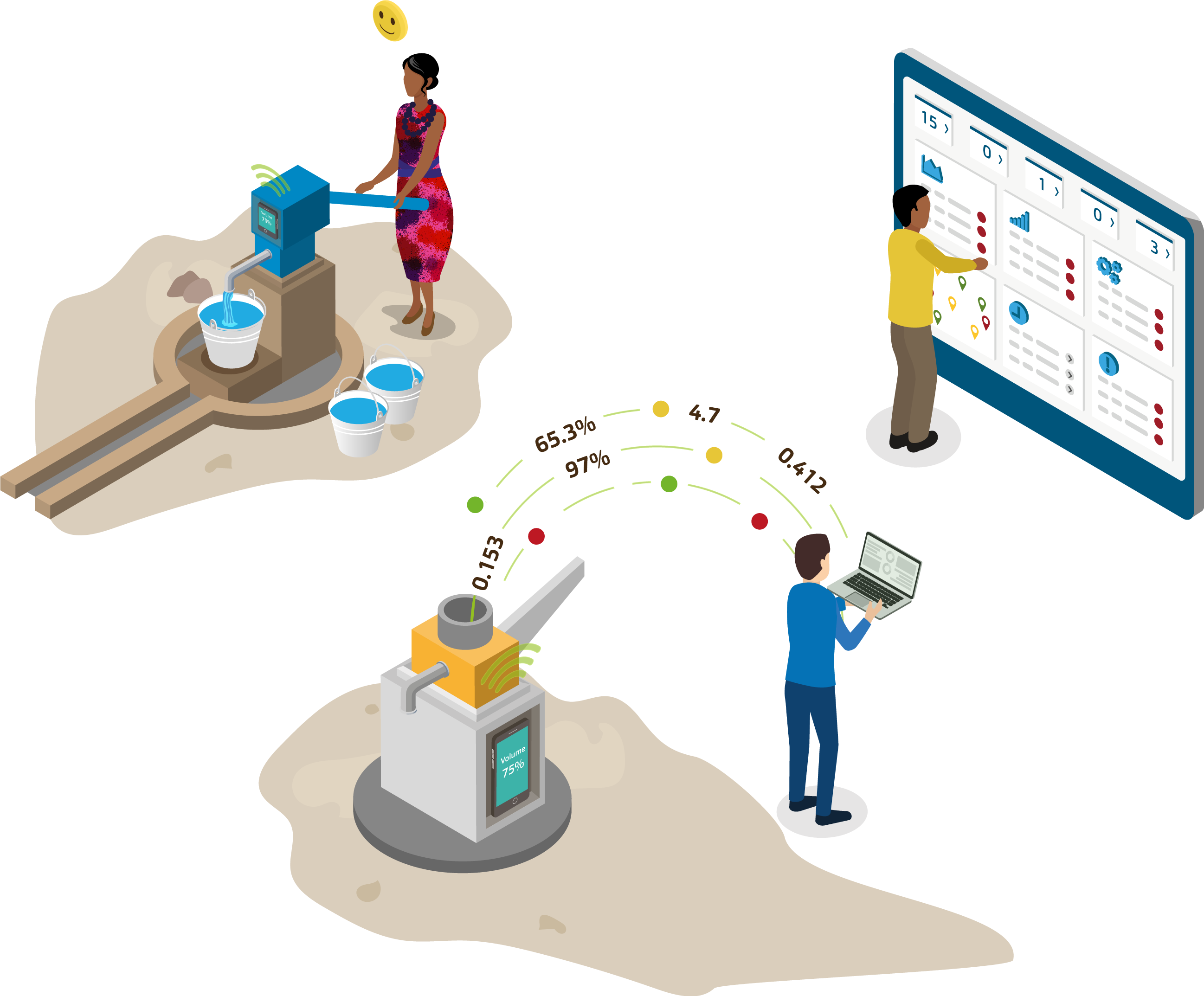
- Monitoring pumps remotely for uninterrupted water access , meaning faster issue resolving
- A dashboard designed specifically for the admin, according his needs, priorities and use cases
- Readings are made useful by the App for admins and engineers, and machine learning
Our approach
Having worked closely with Oxford University Innovation on several successful spin-outs, they felt we were a natural fit for the design and build of this fascinating, socially-impactful enterprise. Funding has been raised from a hugely successful online crowdfunding initiative.Patrick had already built a working prototype to test the hypotheses and mechanics of the system, enabling us to build on a first-tier for User Experience Design and system architecture.
Our brief was to review user journeys, redesign the user interface and rebuild the system to be considerably more scalable; we needed it to reach hundreds of thousands or even millions of people across the developing world.
Workshops with client to discuss features and priorities
User Story Mapping is the most valuable first step in this process, especially when a first round of prototype development has been successful.We initiated workshops with willing and experienced users; mainly engineers, service managers and the leadership team. Once we had a refined USM, we could begin on the User Experience Design.
